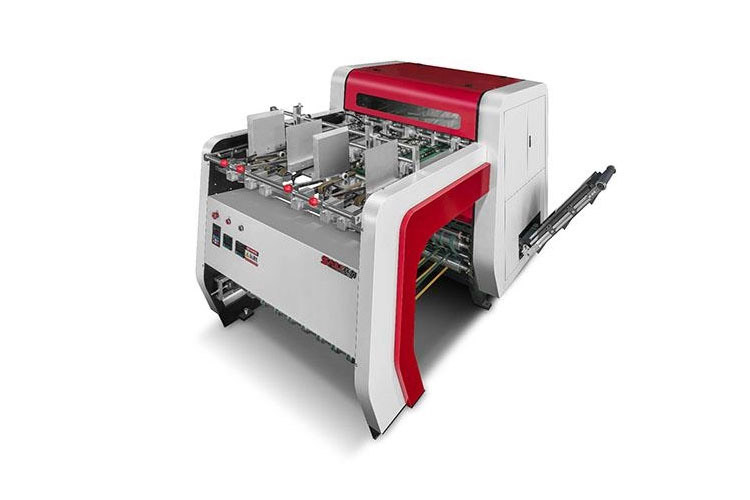-
 Since 1996Professional Cardboard Grooving
Since 1996Professional Cardboard Grooving
Machine Manufacturer - Home
- About
- Product
- Service
- Innovations
- Case
- News
- Contact us
-
- EN
When working with greyboard materials—whether for packaging production, bookbinding, or craft manufacturing—finding a suitable grooving solution is key to ensuring smooth workflows and high-quality finished products. Many users face confusion when selecting a grooving device: choosing one that’s too large for small-batch tasks wastes space and cost, while a machine ill-suited to thick greyboard may cause uneven slots or material damage. This guide breaks down the core factors to consider, helping you pick a tool that aligns with your actual needs.
The first step in selection is to align the device with your specific greyboard processing needs. Ignoring this can lead to inefficient operation or subpar results.
Different greyboard applications require varying material thicknesses—from thin sheets for lightweight packaging to thick boards for rigid boxes. A suitable grooving machine should offer adjustable depth settings to match your greyboard’s thickness. For example, if you primarily work with 1-3mm thin greyboard, a machine with a minimum grooving depth of 0.5mm will avoid over-cutting; for 5-10mm thick greyboard, ensure the machine’s maximum depth can reach at least 80% of the board’s thickness to create stable, foldable slots.
Precision directly impacts the usability of the finished greyboard product. If you’re producing high-end packaging (such as gift boxes or luxury product cases), the grooving machine must deliver consistent slot width and straight edges—even slight deviations can cause misalignment when folding. For basic applications like simple craft projects, moderate precision may suffice, but ensure the machine’s slot width error stays within ±0.1mm to avoid material waste.

A durable grooving machine reduces long-term maintenance costs and ensures stable performance. Key structural features should not be overlooked.
The grooving blade and pressure roller are critical parts that directly contact the greyboard. Opt for machines with high-speed steel (HSS) blades—they are more wear-resistant than ordinary carbon steel blades, maintaining sharpness for longer even with frequent use. The pressure roller should be made of wear-resistant rubber or polyurethane; these materials prevent greyboard slippage during processing and avoid leaving indentations on the material surface.
Machine stability affects processing consistency. Look for models with a heavy-duty base (such as cast iron or thick steel plates)—these reduce vibration during operation, which is especially important for long-duration grooving tasks. Additionally, check if the machine has a fixed guide rail for the cutting head; a stable guide rail prevents the blade from shifting, ensuring uniform slot depth across the entire greyboard sheet.
A machine that fits your team’s operational habits will improve efficiency and reduce training time.
For small to medium-sized workshops, machines with intuitive control panels are ideal. Buttons or touchscreens that clearly mark “depth adjustment,” “speed control,” and “emergency stop” help operators set up tasks quickly—avoid complex digital interfaces that require extensive training. For example, a machine with a knob to adjust grooving depth (instead of entering numerical values) is easier for new operators to master.
Regular maintenance is essential to extend the machine’s lifespan. Choose models where key parts (like the grooving blade and dust collection port) are easy to access. For instance, a blade that can be replaced without disassembling the entire cutting head saves time. Additionally, a built-in dust collection system (instead of a separate external unit) keeps the work area clean and reduces the need for frequent manual cleaning.
Selecting the right grooving solution for greyboard doesn’t require complex technical knowledge—focus on matching processing needs, checking structural durability, and ensuring operational adaptability. These factors will help you avoid unnecessary costs and ensure consistent product quality.
If you’re looking for a device that meets these criteria, our Greyboard Grooving Machine series is designed to adapt to different greyboard thicknesses, features wear-resistant HSS blades, and has an intuitive control panel for easy operation. Visit our product page to learn how it can fit your specific production needs.